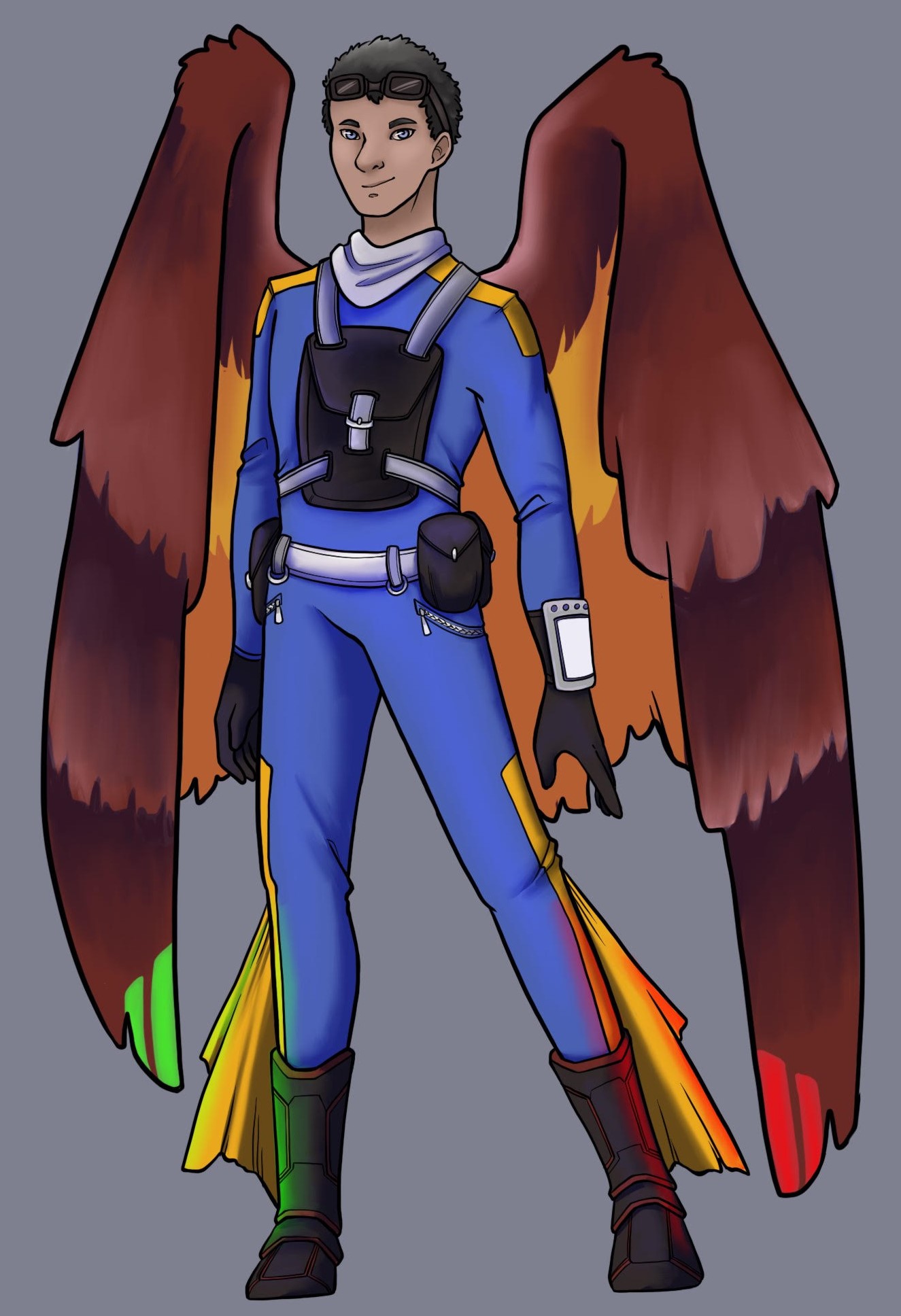Introduction to Starkeeper
The problem of humanity is the following: we have paleolithic emotions, medieval institutions, and god-like technology.The future is a strange, yet familiar place. Humanity has achieved its dream of space colonization, going interstellar with wormhole stargates. Over a century after a terrible dark age ended, civilization enjoys an age of peace united in the Stellar Compact. Can it last, or we will revert to the old ways of war and strife?— E.O. Wilson
Themes
Technology
To what degree are ancestral human behaviors compatible with high technology? Will our base drives towards anger and war inevitably lead to civilization-ending destruction when given access to technologies such as nuclear weapons?
Might someone try to design a "better" intelligent species without this problem?
What are the effects of technology on society—does technological advancement cause or require moral advancement?
Might someone try to design a "better" intelligent species without this problem?
What are the effects of technology on society—does technological advancement cause or require moral advancement?
History
Can we actively shape the course of history to greater or lesser extent? Or are we just along for the ride, pulled by the inevitable forces of aggregate individual action for better or worse?
Historical events include the Wormhole Rush, Age of Strife, and the modern era of peace, the Pax Stellarum.
The cosmos also holds tantalizing remains of paleocivilizations who went before us—after all, why should we be so arrogant as to think we're the first? Among them number the ancient Jeffersonians and the enigmatic Geometricians, whose floating ruins litter several worlds.
The cosmos also holds tantalizing remains of paleocivilizations who went before us—after all, why should we be so arrogant as to think we're the first? Among them number the ancient Jeffersonians and the enigmatic Geometricians, whose floating ruins litter several worlds.
Non-Human Intelligence
Just how unique are human perspectives and behaviors? An alien, uplifted animal, or genetically-engineered posthuman will have different ways of viewing and thinking about the world. What happens when fundamentally different mindsets meet? Intelligent species include aliens such as the group-sapient tanrin, radially-symmetric Enclavers, and color-changing Nikrit, plus posthumans like the winged avens and space-adapted caelans, and uplifted animals such as torens.Tone
The universe of Starkeeper is not a grimdark dystopia, but neither is it a utopia—such a thing is impossible. Instead, it is a time hopefully better than our own, where humanity has finally gotten its act together—at least for now. I am striving for an air of scientific verisimilitude, even where I depart from known physics, since I think that feeling of internal consistency and believability heightens the sense of wonder I love so much from other science fiction media.A great many science fiction stories and projects are focused on military affairs, particularly war. While that stuff is there in the background, I prefer to center my work around other concepts such as exploration, first contact, and political science. There's plenty of drama to be had even when people aren't fighting!
Goals
My main creative goals with this project, beyond worldbuilding itself, are in writing stories and, recently, making artwork. I'm currently posting a web serial in forty-odd parts, entitled Shadows of the Keepers, and other stories are in the works! I've also taken part in community challenges such as Summer Camp and WorldEmber.Narratives
When Eric, alongside his classics professor and fellow students, joins a mission to a recontacted colony world with pre-medieval technology, he learns dodging dinosaurs and gryphon-riding hunters while trying to stop an evil warlord is more trouble than he expected. Crossing paths with a wandering knight, a crew of sky pirates, and two winged posthumans, can his expedition end the tyranny of Caesar Dulane and uncover the mystery behind the planet's enigmatic founders?
Researchers on a planet whose civilization destroyed itself in nuclear war unearth a deadly piece of history.
A short story


Beautiful introduction. Love the formatting! You touch all the bases quite well and even to me, someone who's been around the world, it offers some insight and fosters a desire to learn more. Well done.
Thanks for the feedback, that's exactly the impression I was hoping to make!